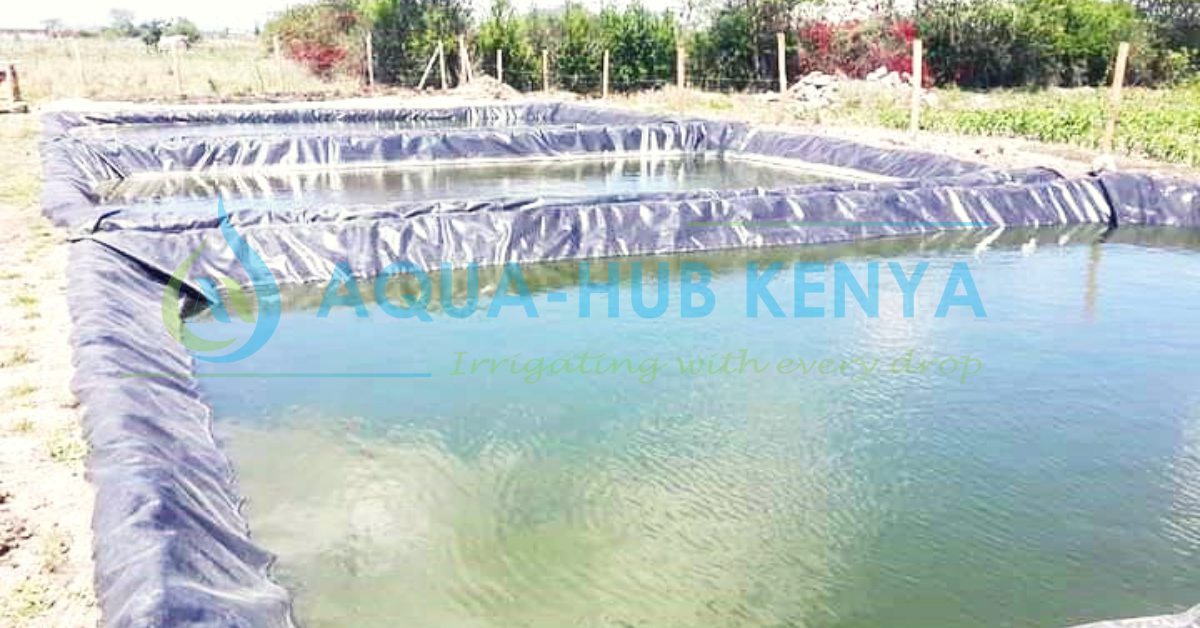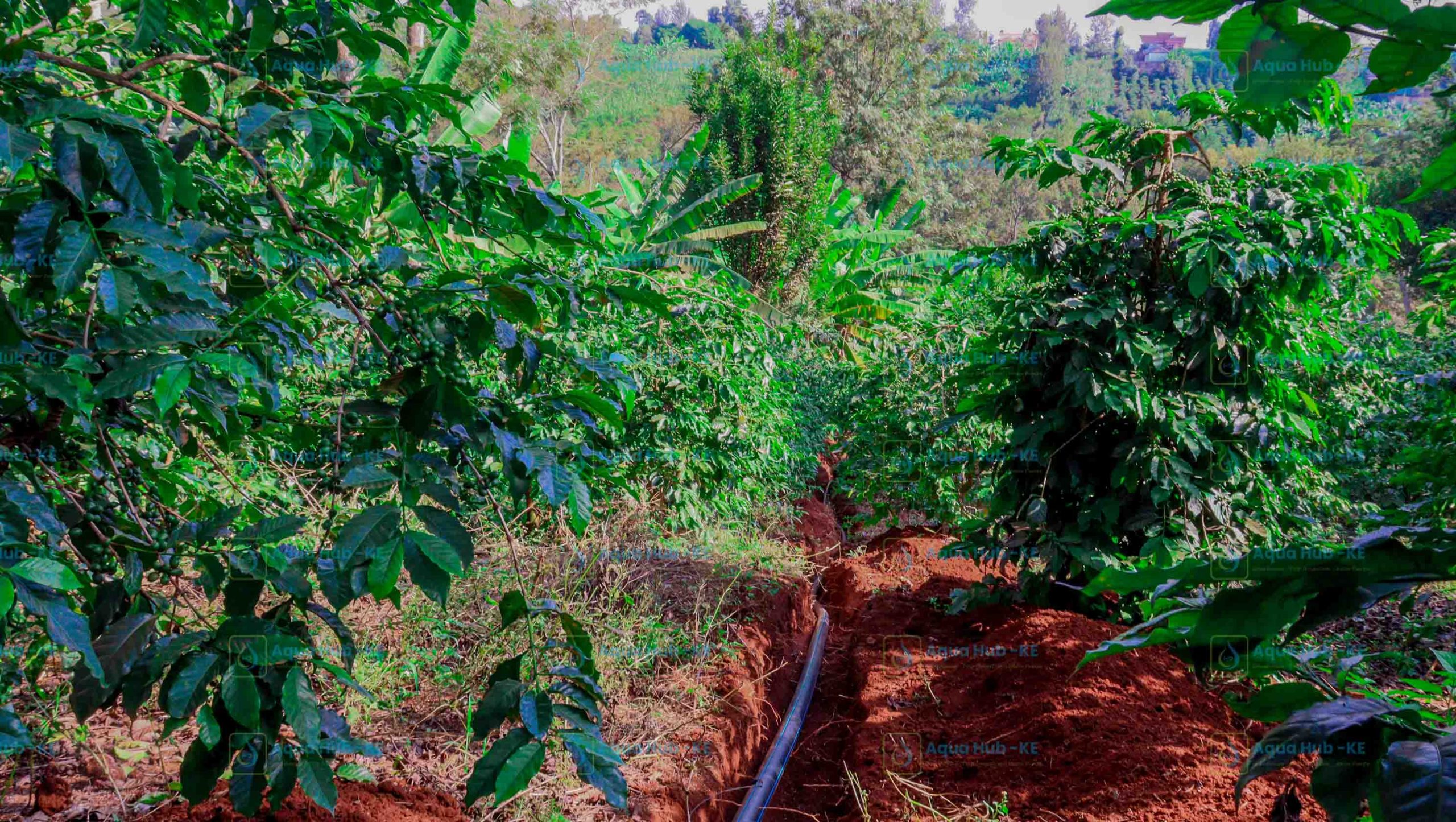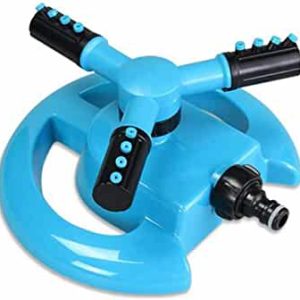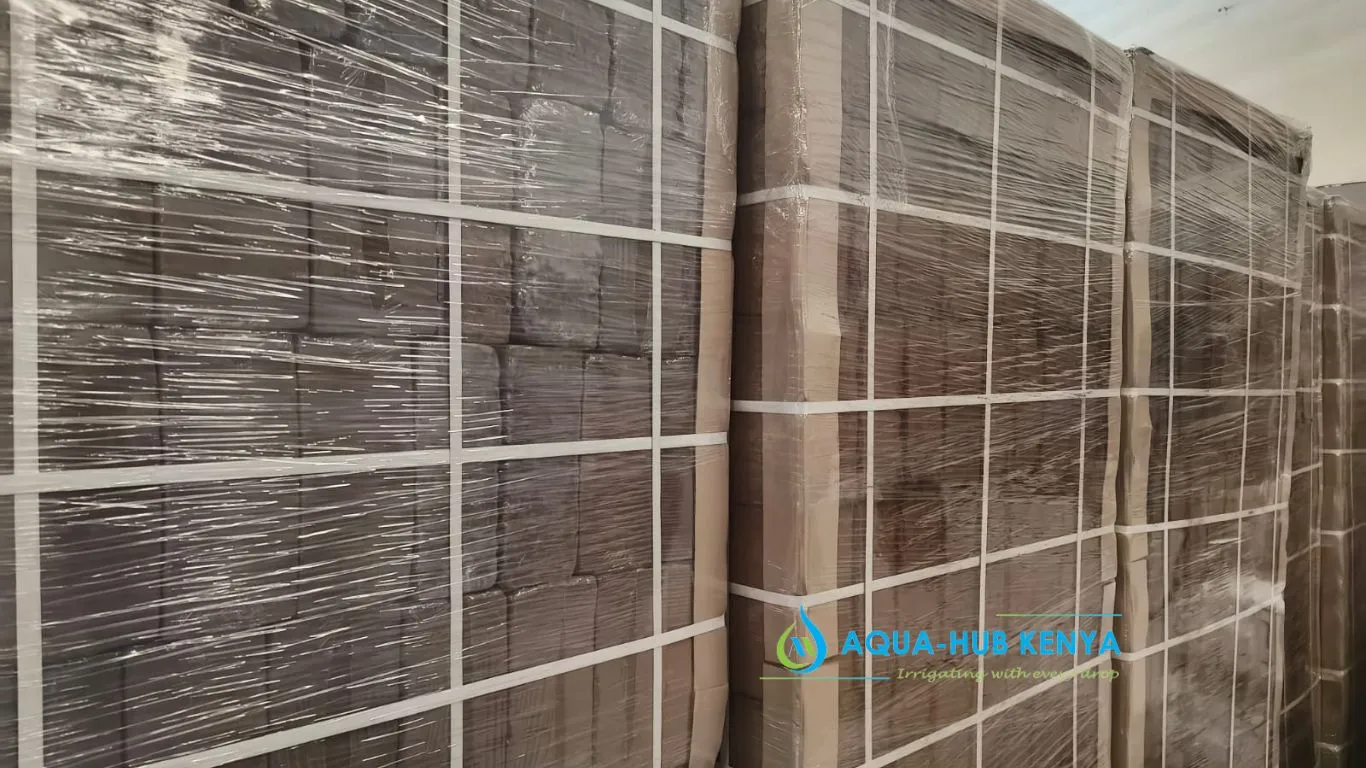Aqua Hub should be your first port of call when searching for the best dam liners in Eldoret. In Eldoret, we are the top firm for the delivery and installation of high-quality dam liners. Due to their long lifespan, our dam liners are the most reputable (more than 10 years). Water is collected and stored for later use, mostly for irrigation, home usage, and cattle use, thanks to a dam liner. Large amounts of water from boreholes and wells, rivers, and runoffs are captured. Then stored for delivery to the community thanks to water harvesting employing dam liners. It is possible to prevent leaks in permeable soils by using dam liners.
What is a dam liner in Eldoret?
A dam liner is a waterproof material that is installed on the bottom and sides of a dam. Or reservoir to prevent water from leaking out. In Eldoret, dam liners are commonly used to construct small-scale irrigation dams, retention dams, and water storage tanks. There are different types of dam liners available, including:
- Impermeable clay: This is the most traditional method of dam liner construction. It is where clay is placed on the bottom and sides of the dam to prevent water leakage.
- HDPE (High-Density Polyethylene) liner: This is a type of plastic liner that is commonly used in dam construction. HDPE liners are flexible, durable and UV-resistant, which makes them ideal for use in outdoor applications.
- PVC (Polyvinyl Chloride) liner: This is another type of plastic liner that is used in dam construction. PVC liners are also flexible and durable, but they are less UV-resistant than HDPE liners.
- EPDM (Ethylene Propylene Diene Monomer) liner. This is a type of rubber liner that is commonly used in dam construction. Particularly for lining retention ponds and irrigation dams. EPDM liners are UV-resistant and flexible. They are known for their durability and resistance to punctures and tears.
What is the thickness of dam liners in Eldoret?
The thickness of a dam liner will depend on several factors, including the size and purpose of the dam, the hydrostatic head, the expected duration of the dam’s use, and the type of liner being used. For example, a dam liner used for a small-scale irrigation dam or retention pond may have a thickness of around 0.75mm to 1mm. While a dam liner used for a larger dam or reservoir may have a thickness of 1.5mm to 2mm.
For HDPE (High-Density Polyethylene) and PVC (Polyvinyl Chloride) liners, the thickness is generally measured in mils. A mil is a unit of measurement equal to 0.001 inches, so a liner thickness of 30 mils is equal to 30 thousandths of an inch or 0.75mm. For EPDM (Ethylene Propylene Diene Monomer) liners, the thickness is measured in mm and it can be between 1.5mm to 2.5mm.
It’s important to note that the thickness of the dam liner is just one of the factors that must be considered when selecting a liner for a dam or reservoir. Other factors, such as the chemical and temperature resistance of the liner, the puncture and tear resistance, and the UV resistance, are also important to ensure the liner will function properly and last for a long time. An experienced dam construction company or engineer should be consulted to determine the appropriate thickness of a dam liner for a specific project.
What material is a dam liner?
A dam liner is typically made of a flexible material such as rubber or plastic, which is used to prevent water from seeping through the dam and into the surrounding soil. This helps to maintain the structural integrity of the dam and prevent erosion. Some common types of dam liners include HDPE (high-density polyethylene) and PVC (polyvinyl chloride).
Factors to consider when selecting dam liner
When selecting a dam liner, several factors should be considered, including:
- Chemical resistance: The dam liner should be able to withstand the chemical properties of the water or other liquids that it will be in contact with.
- Durability: The dam liner should be able to withstand the conditions of the environment, such as temperature fluctuations, UV radiation, and physical wear and tear.
- Flexibility: The dam liner should be able to conform to the shape of the dam, allowing for a tight seal and easy installation.
- Permeability: The dam liner should be able to prevent water from seeping through, but also allow for drainage if necessary.
- Cost: The cost of the dam liner should be considered in relation to the overall cost of the dam project.
- Environmental Impact: The dam liner should be environmentally friendly and should not harm the environment.
- Life Expectancy: The dam liner should have a long life expectancy and should be able to withstand the expected life of the dam.
- Installation: The dam liner should be easy to install and maintain.
- Compatibility: The dam liner should be compatible with the structure of the dam and should not harm the structural integrity of the dam.
How do I join a dam liner?
There are several methods for joining dam liners together, depending on the type of liner and the conditions of the project. Some common methods include:
- Heat welding: This method uses heat to melt the edges of the liner together, creating a strong bond. This method is commonly used for HDPE and PVC liners.
- Solvent welding: This method uses a solvent to soften and fuse the edges of the liner together. This method is commonly used for PVC liners.
- Mechanical fastening: This method uses mechanical fasteners such as clamps, bolts, or screws to secure the liner in place. This method is commonly used for PVC liners and is useful when welding is not an option.
- Adhesive bonding: This method uses an adhesive to bond the edges of the liner together. This method is commonly used for rubber liners.
- Overlapping: This method overlaps the edges of the liner and secures it with a geotextile fabric or a geomembrane strip. This is commonly used for HDPE and PVC liners.
It is important to ensure that the method used is suitable for the type of liner being used. And that the liner is properly aligned and secured to ensure a tight seal.




